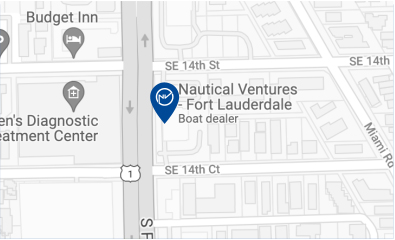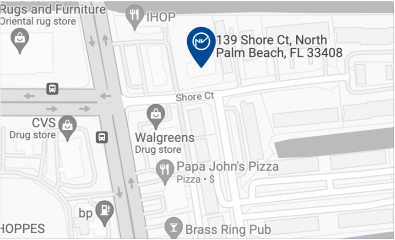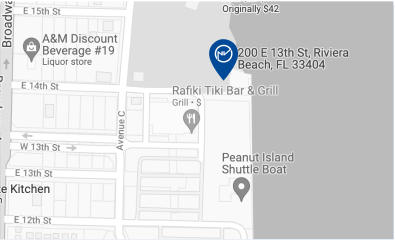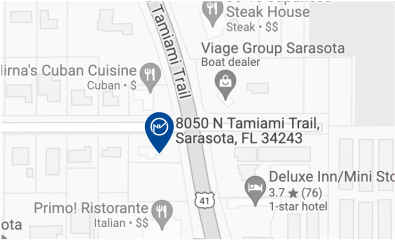Recent Blogs
Going Big with The Axopar 45
March 11, 2022
How to get the most out of your boat
March 8, 2022
Tarpon time in the Florida Keys
March 8, 2022
Archives
Categories
- Everything Else (28)
- Apparel (9)
- Boating (191)
- Boat Show (5)
- Yacht Tenders (15)
- Charity (1)
- SUP (10)
- Customer Service (1)
- Yacht Toys (8)
- Events (3)
- Places (1)
- Fishing (22)
- Kayak Modding (1)
- Marine Training (1)
- Land Toys (0)
- Watersports (1)
- Amphibious (1)
- Toys (4)
- Submersible (1)
- Propane Gas Engines (2)
- Kayak Fishing (6)
- Diving (1)
- Docks (2)
- Boat Accessories (4)
- Safety (3)
- Kayaking (14)
- New products (3)
- Boat Service (2)
- Engines (32)
- Sailing (1)
- Yacht Brokerage (1)
- Brokerage (1)
- Kayak (1)
NVM Fall Lobster Season

By Steve Waters
If you can wait out the cold fronts and the rough seas that they stir up, you can enjoy some good lobstering when the ocean calms down according to Jim “Chiefy” Mathie.
“We’re finding some bugs clustered together,” said Mathie, a retired Deerfield Beach fire chief and the diving expert on the Nautical Ventures Weekly Fisherman radio show, which airs from 6-8 a.m. Saturday on WINZ 940-AM and live-streams on the Nautical Ventures Facebook page.
The most productive depth for Mathie, whose how-to lobstering book “Catching the BUG: The Comprehensive Guide to Catching the Spiny Lobster,” is available in local dive shops and at chiefy.net, has been in 50 to 60 feet off Palm Beach and Broward counties.
On a recent dive, he and his two buddies each got their limit of six lobsters on just one dive.
Timing is essential. Because he is retired, Mathie can wait until diving conditions improve following a cold front. Strong winds, like the ones that accompanied the front that swept through South Florida the first week of November, kick up rough seas and stir up the water. That makes for poor visibility underwater and uncomfortable boating. The bumpy conditions also make it difficult for divers to get back into the boat.
“We could finally get out this week,” said Mathie, whose Mercury Verado-powered center console boat runs out of either Boca Raton Inlet or Hillsboro Inlet. “The water temperature is down to 76 degrees. I’m in the 5 millimeter wetsuit (which is warmer than the 3 mm wetsuit he’d been wearing).”
The lobster season continues through March 31, and as long as the weather is nice, Chiefy will be on the water, trying to catch the bug.
If you’re not scuba-certified, don’t worry, you can also try to catch the bug with a Brownie’s Third Lung surface supplied air system, which Nautical Ventures carries at several of its stores.
Brownie’s Third Lung is a gas-powered generator that sits on the surface in a floating tube. When the generator is running, it supplies air to divers through long hoses. A dive mask and dive fins, along with a net and tickle stick or a lobster snare, are all that are needed to explore the coral reefs and rockpiles in 20 to 30 feet of water where lobster hang out during the day. So there’s no need for scuba tanks, BCs, and all the other scuba gear that divers like Chiefy use.
For more lobster diving tips, as well as fishing tips from the area’s top saltwater and freshwater guides, listen to The Nautical Ventures Weekly Fisherman radio show every Saturday morning from 6 a.m. to 8 a.m. live on 940 WINZ, an iHeart station. You’ll learn where the fish are biting and how to catch them. If you can’t tune in live, the Weekly Fisherman radio podcasts are available through:
iTunes: https://podcasts.apple.com/us/podcast/the-weekly-fisherman-show/id1117007850
Website: https://www.nauticalventures.com/TWF
Soundcloud: https://soundcloud.com/nautical-ventures
WINZ: https://940winz.iheart.com/featured/weekly-fisherman/about/
iHeart Radio: https://www.iheart.com/podcast/53-weekly-fisherman-28270572/
You can also watch the show on Facebook Live by liking our Facebook page at: https://www.facebook.com/The-Nautical-Ventures-Weekly-Fisherman-Show-136020173136939
You can watch past Facebook live shows at: https://www.facebook.com/The-Nautical-Ventures-Weekly-Fisherman-Show-136020173136939





Sign up for Nautical Ventures EMAIL UPDATES & PROMOTIONS


















Comments